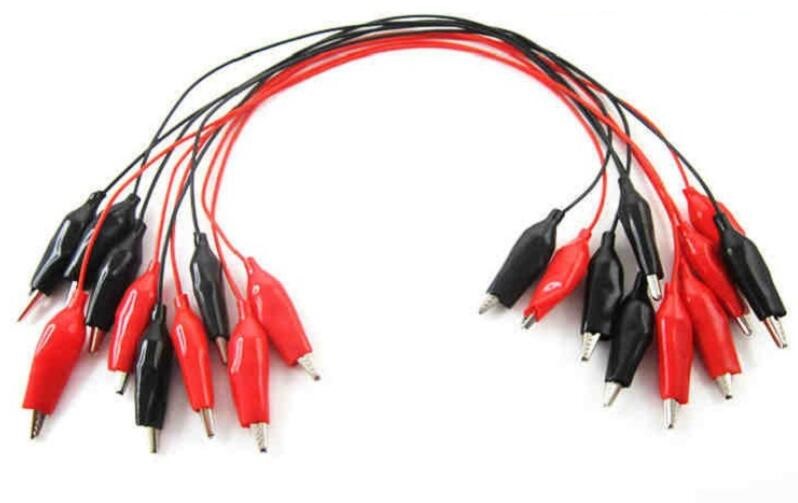Lead-acid battery connecting wires play a crucial role in establishing electrical connections between the battery and various components in a system.
- Conducting Electrical Current: The primary function of connecting wires is to conduct electrical current between the lead-acid battery and the electrical components or devices it powers. These wires create a pathway for the flow of electricity, allowing the battery to supply power to connected systems.
- Linking Battery to Load: Connecting wires serve as the bridge between the battery terminals and the load or electrical device that requires power. This enables the transfer of electrical energy from the battery to the load, powering the intended applications.
- Completing Circuits: Connecting wires help complete electrical circuits by establishing a continuous path for the flow of current. A closed circuit is necessary for the proper operation of electrical devices, and the wires ensure that the circuit is complete, allowing electricity to circulate.
- Facilitating Voltage Potential: The wires assist in maintaining the voltage potential between the positive and negative terminals of the lead-acid battery. This potential drives the flow of electrons through the circuit, providing the electrical energy required by connected devices.
- Secure Attachment: Connecting wires are designed to securely attach to the battery terminals and the load, ensuring a stable and reliable connection. Proper attachment prevents loose connections that could lead to electrical resistance, overheating, or interruptions in power supply.
- Polarity Alignment: It’s crucial to connect the wires to the correct terminals on the battery to maintain proper polarity. Positive and negative wires should be appropriately matched with the corresponding terminals to ensure the correct direction of current flow.
- Flexible Design: Connecting wires are often flexible and durable, allowing for ease of installation and accommodating the movement or vibrations that may occur in certain applications, such as automotive use.
- Insulation: Wires are typically insulated to prevent short circuits or unintended contact with other conductive materials. Insulation helps maintain the integrity of the electrical connections and ensures safety during operation.
Proper selection and installation of connecting wires are essential to ensure efficient and safe electrical connections in lead-acid battery systems. Regular inspection and maintenance of these wires contribute to the overall reliability and longevity of the battery-powered systems.


